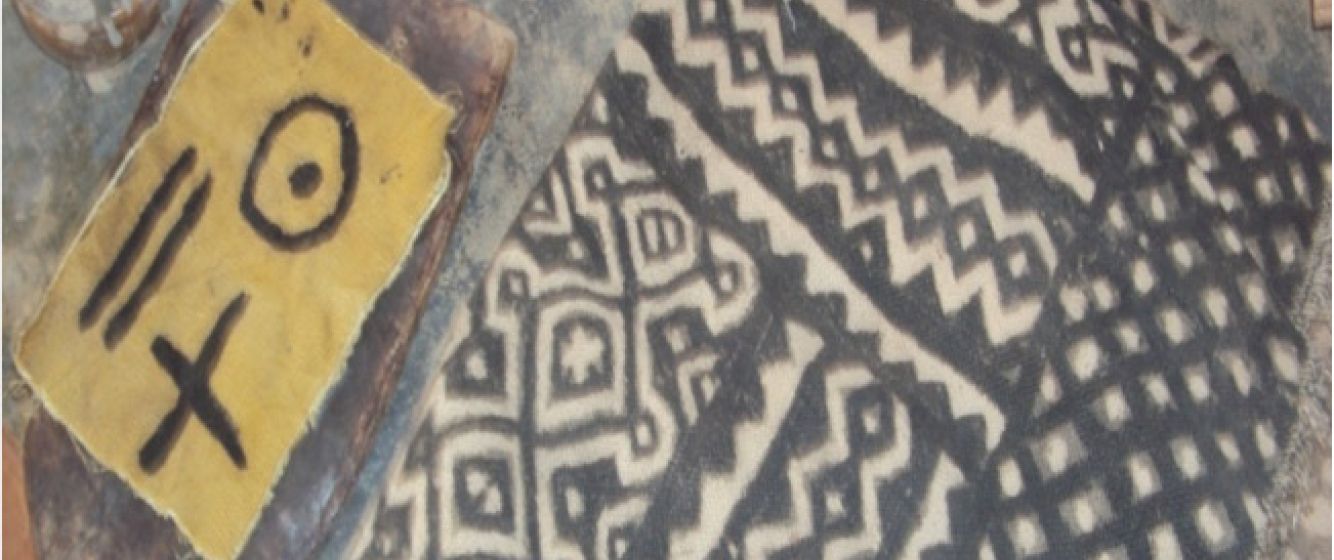
Indigo and Biodiversity in Mali
Between Uses and Ecology Crisis
The project Indigo and biodiversity in Mali: between uses and ecology crisis explores the importance of indigo as an indicator of ecological vulnerability as well as proof of socioeconomic resilience through solidarity and creativity on the part of local populations’ intent on preserving an integrated knowledge bases as a reliable source of income in Siby, Mali.
In West Africa, Mali harbours the main sites of indigo work, from the forests and clearings in which the tree grows to the different regions in which indigo dyeing is practiced according to distinctive traditional practices. The whole cycle of production is thus depended on and vulnerable to climactic changes that have deteriorated considerably over the last three decades, under the pressure of rampant urbanisation and agribusiness ventures. Consequently, the picturesque hilly Siby region, in the vicinity of Bamako, the fastest growing capital city in Africa according to recent statistics, is prey to all sorts of land speculation, landscape fragmentation, and durable destabilisation of fragile ecosystems. The indigo tree is threatened in its existence along with the crafts and other livelihood practices associated with it. In this project,Indigo and biodiversity in Mali, contribution from a geographer’s perspective adds to the cross-border perspectives on indigo and other projects in Taiwan, Burkina Faso, Indonesia, Japan, Thailand, and India.


